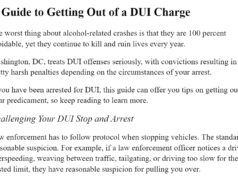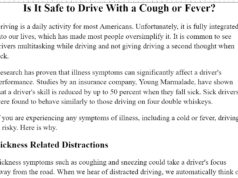SPONSORED CONTENT
Two new laws concerning driver’s licenses in the state of Virginia may result in longer lines at the eye doctors instead of the DMV.
The first law addresses the required peripheral vision has driver must have. According to a spokesperson from the Virginia Society of Eye Physicians and Surgeons, a person’s visual field is one of the most important factors when it comes to driving safety and ability. It is critical for a person to be able to scan visually scan across the roadway as they are driving. Under current Virginia law, every driver must have 100 degrees of peripheral vision. However, the new requires that every driver must have 110 degrees of peripheral vision in at least one of their eyes.
Even 110 degrees is not a lot when compared to some other states in the U.S. and other countries which have laws requiring up to 140 degrees of peripheral vision in both eyes.
The second new law enacted addresses the issue of what happens when a physician or other medical provider reports a patient who has vision impairment or some other medical condition that should prohibit them from legally driving. The new law will allow providers to make these reports to the Department of Motor Vehicles without the risk of the patient reporting them to state licensure boards for violation of doctor-patient confidentiality. Both laws are an attempt to reduce reckless driving incidents that endanger other Virginia drivers on the road.
Upon hearing of the new laws, Arlington DUI Lawyer Karin Riley Porter with Price Benowitz, LLP, commented, “I think these laws will definitely help in decreasing the number of vehicle accidents caused by drivers who should not be behind the wheel of a car because of visual or medical issues.”













